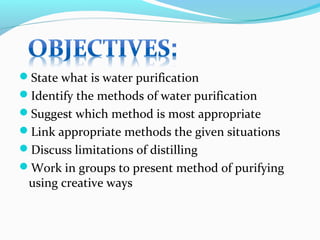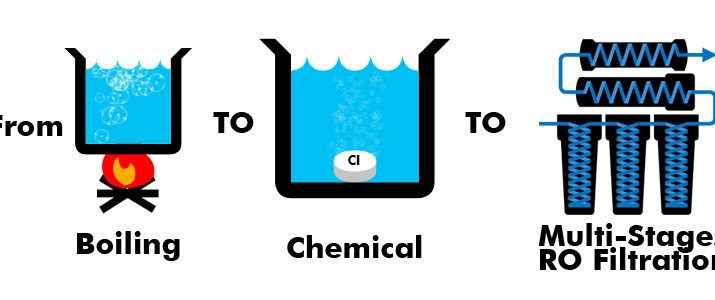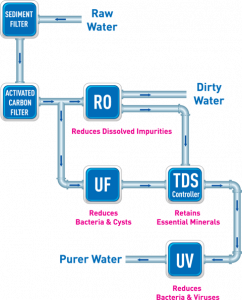Water is essential for life, but it can also harbor harmful contaminants that can cause illness. Therefore, it is important to purify water before using it for drinking, cooking, or other household purposes. There are several methods for purifying water, each with its own advantages and limitations.
One common method of water purification is boiling. Boiling water for at least one minute is effective in killing most bacteria, viruses, and parasites that may be present in the water. This method is simple and inexpensive, but it requires a heat source and may not be practical in certain situations, such as during a power outage or in a survival situation where fuel is scarce. Boiling is also not effective at removing chemical contaminants, such as heavy metals or pesticides.
Another method of water purification is filtration. Filters can be used to remove sediment, dirt, and other particles from water, as well as some bacteria and viruses. Filters work by using a physical barrier or chemical process to trap contaminants. There are many different types of filters available, ranging from simple cloth filters to more complex systems that use activated carbon or reverse osmosis. Filters can be effective at removing a wide range of contaminants, but they may not be able to remove all types of pollutants and may need to be replaced frequently.
Disinfection is another method of purifying water. Disinfection involves using chemicals or UV light to kill or inactivate bacteria, viruses, and other pathogens in water. Chlorine is a common disinfectant used in water treatment plants and is effective at killing most waterborne contaminants. However, chlorine can leave a taste or odor in the water and may not be effective against certain types of bacteria or viruses. UV light is another option for disinfecting water, but it requires a reliable power source and may not be as effective at killing certain types of pathogens.
Distillation is a process that involves boiling water and collecting the vapor that is produced. As the water vaporizes, impurities are left behind, resulting in a purified product. Distillation is effective at removing a wide range of contaminants, including bacteria, viruses, and chemical pollutants. However, it is a time-consuming process and requires a heat source. Additionally, some contaminants, such as volatile organic compounds, may still be present in the distilled water.
In conclusion, there are several methods for purifying water, each with its own advantages and limitations. Boiling, filtration, disinfection, and distillation are all effective ways to purify water, but the best method will depend on the specific contaminants present and the resources available. It is important to choose a purification method that is suitable for the specific needs and circumstances.






